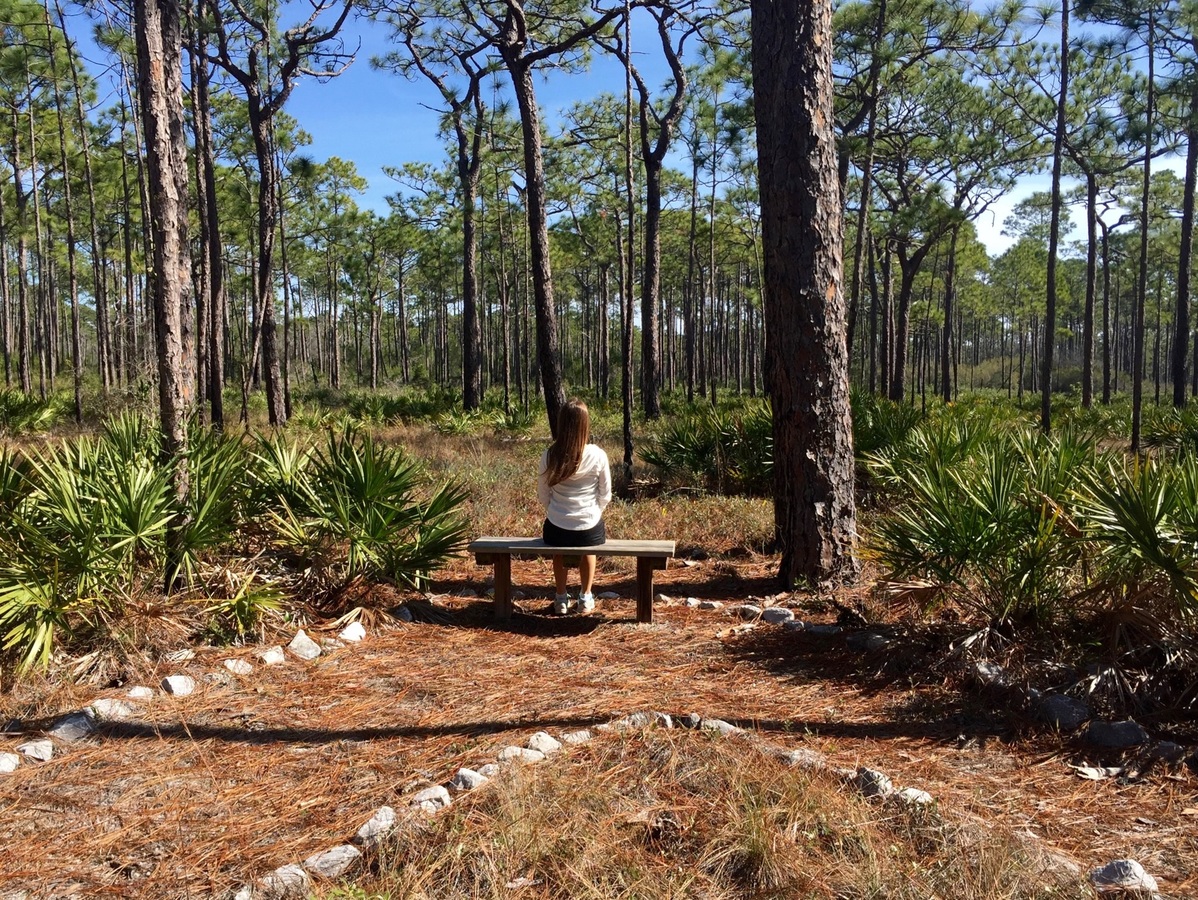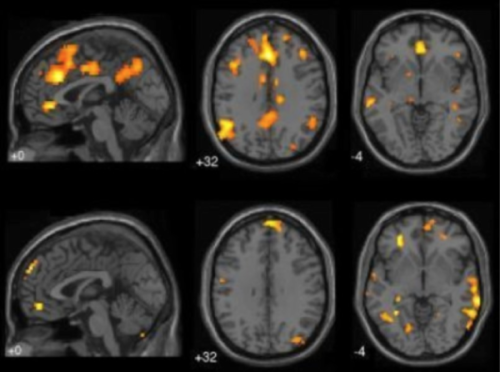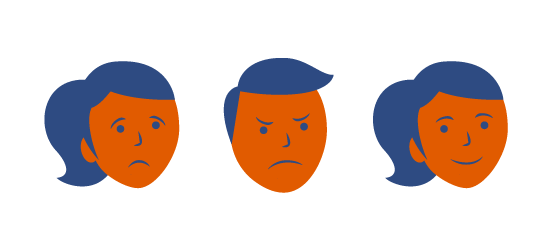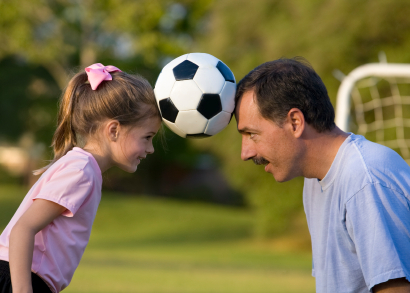LOVING-KINDNESS MEDITATION AUDIO (MP3)
When I’m feeling stressed or overwhelmed or just a little sorry for myself, I make a conscious effort to think like a giver. I imagine helping someone else, or I remember a time when I was acting less self-centered and more helpful, or I simply send loving thoughts to others.
The power of well-wishes
When Barbara Fredrickson and her colleagues want to study what happens when people increase their daily diet of love, they simply ask people to do a loving-kindness meditation once a day. Also called metta, loving-kindness meditation is the simple practice of directing well-wishes toward others. This is a private, quick, no-contact-with-others way to feel more connected and loving. This stuff is more effective than Prozac for many people.
Over a nine-week period, research showed that metta substantially increased people’s experiences of positive emotions. Loving-kindness meditation puts people on “trajectories of growth,” leaving them better able to ward off depression and “become ever more satisfied with life.” More than that, though, doing a simple loving-kindness meditation can make us feel less isolated and more connected to those around us. One study showed that a single seven-minute loving-kindness meditation made people feel more connected to and positive about both loved ones and total strangers, and more accepting of themselves. (Imagine what a regular practice could do!)
Follow along and practice with me.
LOVING-KINDNESS MEDITATION AUDIO (MP3)
You can use metta throughout the day as a tactic to increase your feelings of well-being, compassion, and connection. Perhaps put a sticky note on your bathroom mirror or refrigerator door or car dashboard— wherever you tend to be most exhausted or overwhelmed or isolated—to remind you to pause and cultivate a loving thought or two.
This post is from a series about social connections from the “Science of Finding Flow,” an online course I created as a companion to my book The Sweet Spot: How to Accomplish More by Doing Less. Want to go on to the next class or start the course from the beginning? It’s free! Just go to The Science of Finding Flow course page. Enjoy!










